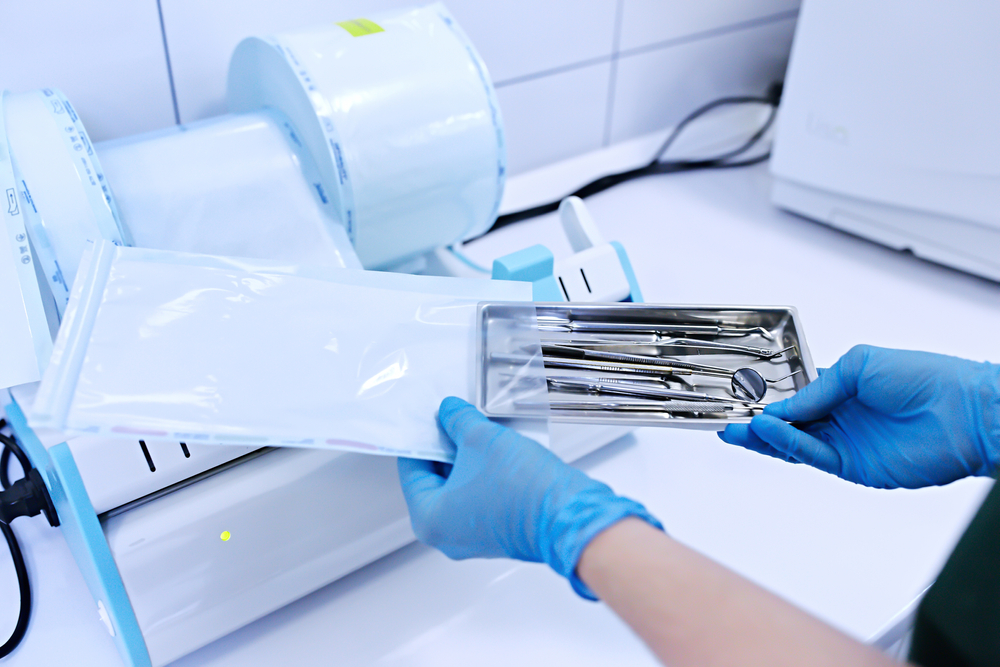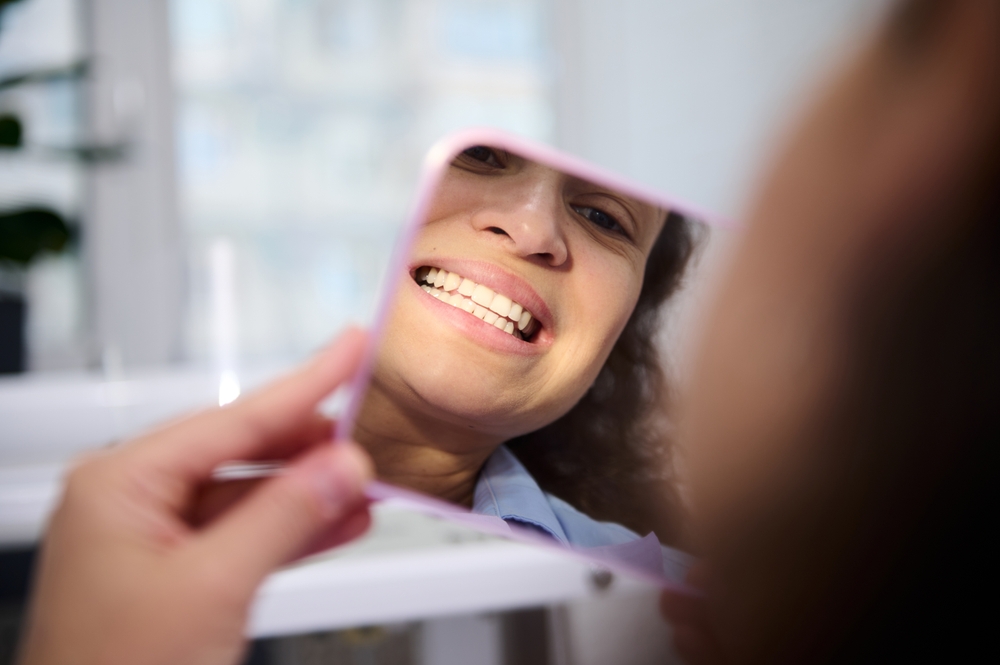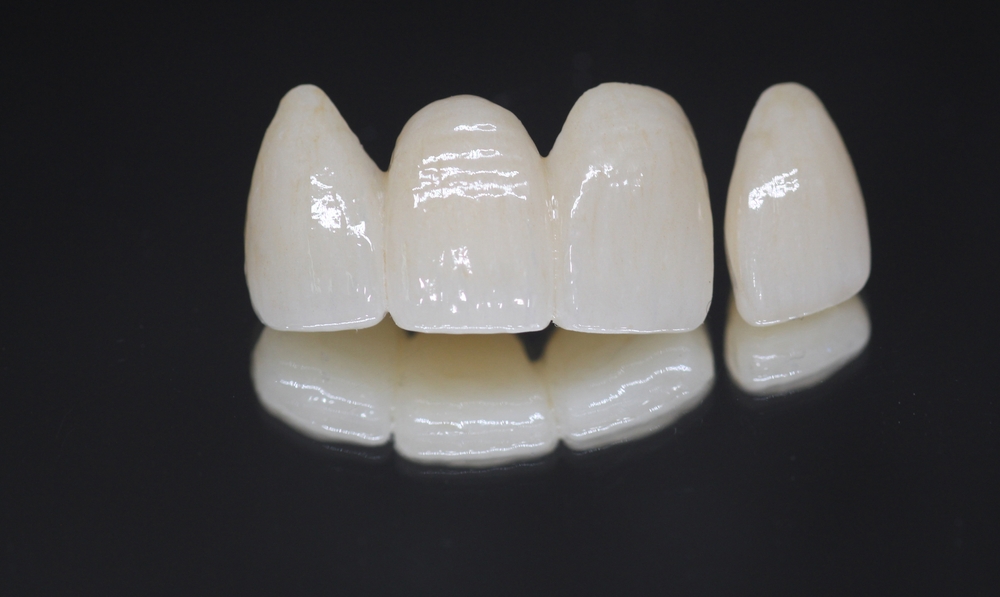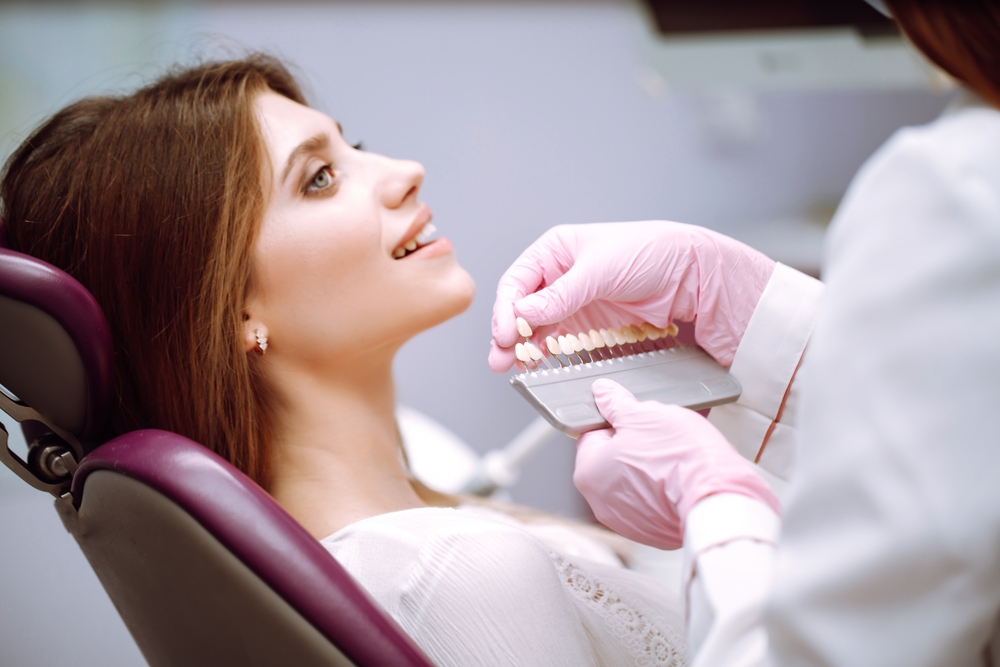Maintaining impeccable hygiene standards is a cornerstone of dental care, ensuring the safety and well-being of both patients and professionals. In dental offices and labs, disinfection and sterilization protocols are critical for preventing the spread of harmful microorganisms and upholding trust in care delivery. From cleaning workstations to sterilizing tools, every step is essential to creating a safe environment. This blog explores the key procedures, tools, and compliance measures that dental labs and offices use to meet these high standards, highlighting their shared responsibility in ensuring optimal infection control.
In This Blog:
- Understanding the Difference: Disinfection vs. Sterilization
- Key Steps in Disinfection Procedures
- Sterilization Protocols
- Material-Specific Considerations
- Infection Control Training and Compliance
Understanding the Difference: Disinfection vs. Sterilization
In the dental field, it is essential to distinguish between disinfection and sterilization, as each serves a unique purpose in infection control. Disinfection refers to the process of removing most microorganisms from surfaces and tools, reducing the risk of transmission. This is typically achieved through chemical agents that eliminate bacteria, viruses, and fungi, though not necessarily their spores. Disinfection is a critical first step in cleaning areas such as workstations, impression trays, and non-critical instruments.
On the other hand, sterilization is a more rigorous process aimed at eradicating all forms of microbial life, including spores. This procedure is reserved for critical instruments and tools that come into direct contact with blood or sterile tissue. Sterilization ensures a completely germ-free environment, which is vital for maintaining the integrity of dental procedures and patient safety. Understanding when to disinfect and when to sterilize is crucial for effective infection control in both dental offices and labs.
Key Steps in Disinfection Procedures
Surface Cleaning in Labs
Maintaining clean surfaces in dental labs is essential for minimizing cross-contamination. Workstations, countertops, and shared spaces should be cleaned with approved disinfectants multiple times a day, especially after handling materials or equipment. Using EPA-approved agents ensures the removal of harmful pathogens without damaging lab surfaces.
Handling Impressions and Models
Incoming impressions and dental models are often exposed to patient saliva or blood, making proper disinfection mandatory. Before processing, impressions should be rinsed to remove debris and then submerged in or sprayed with an appropriate disinfectant. This not only protects lab staff but also ensures that the materials are safe for further work.
Disinfecting Equipment and Tools
Lab equipment, such as articulators, handpieces, and ultrasonic cleaners, must undergo regular disinfection. Wiping down these items with disinfectant wipes or sprays after each use helps to maintain cleanliness. For tools that are not sterilized but still used frequently, following manufacturer guidelines for compatible disinfectants is crucial to avoid equipment damage.
By implementing these disinfection steps, dental labs can ensure a safer environment for both staff and the patients who rely on their work.
Sterilization Protocols
Sterilization of Reusable Instruments
Sterilization is the gold standard for ensuring tools and instruments are entirely free of microorganisms, including bacteria, viruses, and spores. Dental labs rely on various sterilization methods to prepare reusable instruments, with autoclaving being the most common. Autoclaves use high-pressure steam to eliminate microbial life efficiently. Other methods, such as dry heat sterilization or chemical vapor sterilization, may also be employed depending on the instrument material and usage.
To ensure sterility, instruments are typically cleaned to remove visible debris, packaged in sterilization pouches, and placed into the sterilizer. Proper packaging not only maintains sterility but also prevents contamination during storage. For instruments that are sensitive to heat, chemical sterilants may be used, though these require extended exposure times for full effectiveness.
Quality Control Measures
Maintaining the reliability of sterilization processes is essential. Quality control protocols, such as biological spore testing, help verify that sterilizers are functioning correctly. This involves placing biological indicators with heat-resistant spores into the sterilizer and monitoring their eradication. Labs should perform this testing regularly to comply with regulatory guidelines.
Additionally, sterilization logs are crucial for tracking cycles, dates, and maintenance activities. Documenting these details ensures accountability and provides evidence of compliance during audits or inspections.
Material-Specific Considerations
Dental labs handle a wide variety of materials, each with unique properties that require tailored disinfection and sterilization approaches. Ceramics, alloys, and acrylics are frequently used in dental restorations, and improper handling can compromise their quality.
- Ceramics: While ceramics are generally non-porous and can withstand high temperatures, they are typically disinfected rather than sterilized to avoid potential microfractures during extreme heat exposure.
- Alloys: Metal components, such as crowns or frameworks, are more heat-resistant and can often be sterilized using dry heat or autoclaving. Care should be taken to avoid corrosive damage during cleaning and sterilization.
- Acrylics: Acrylic materials, commonly used for dentures or temporary restorations, can be more delicate. These are usually disinfected with chemical solutions to avoid warping or deterioration.
To ensure effective cleaning, labs must follow manufacturer guidelines for each material, balancing safety with the preservation of structural integrity. Adapting protocols for specific materials is not only necessary for infection control but also helps maintain the quality and longevity of dental restorations.
Infection Control Training and Compliance
Maintaining strict infection control standards requires a well-trained team that understands the importance of disinfection and sterilization protocols. Regular training sessions ensure that all lab staff are familiar with the latest guidelines and best practices for handling materials and equipment safely. Topics such as proper cleaning techniques, the use of personal protective equipment (PPE), and the handling of potentially contaminated materials should be covered in depth.
Compliance with regulatory standards, such as those set by OSHA, the CDC, and the ADA, is critical for maintaining a safe and legally compliant work environment. Dental labs should have documented infection control policies readily available for staff reference. Regular audits and inspections can help identify gaps in protocols and provide opportunities for improvement. Additionally, thorough documentation of disinfection and sterilization processes, including equipment maintenance and quality control logs, helps ensure accountability and preparedness for any regulatory reviews.
Conclusion
Disinfection and sterilization are fundamental practices in dental offices and labs to safeguard the health of patients and professionals. By understanding the distinction between these processes, following material-specific protocols, and investing in staff training and compliance, dental labs can ensure a hygienic and safe environment. These practices not only protect individuals from infection but also maintain the integrity of the dental work produced. A commitment to rigorous infection control demonstrates the shared responsibility of dental offices and labs in delivering the highest standard of care. Together, they build trust and confidence in every patient interaction.




